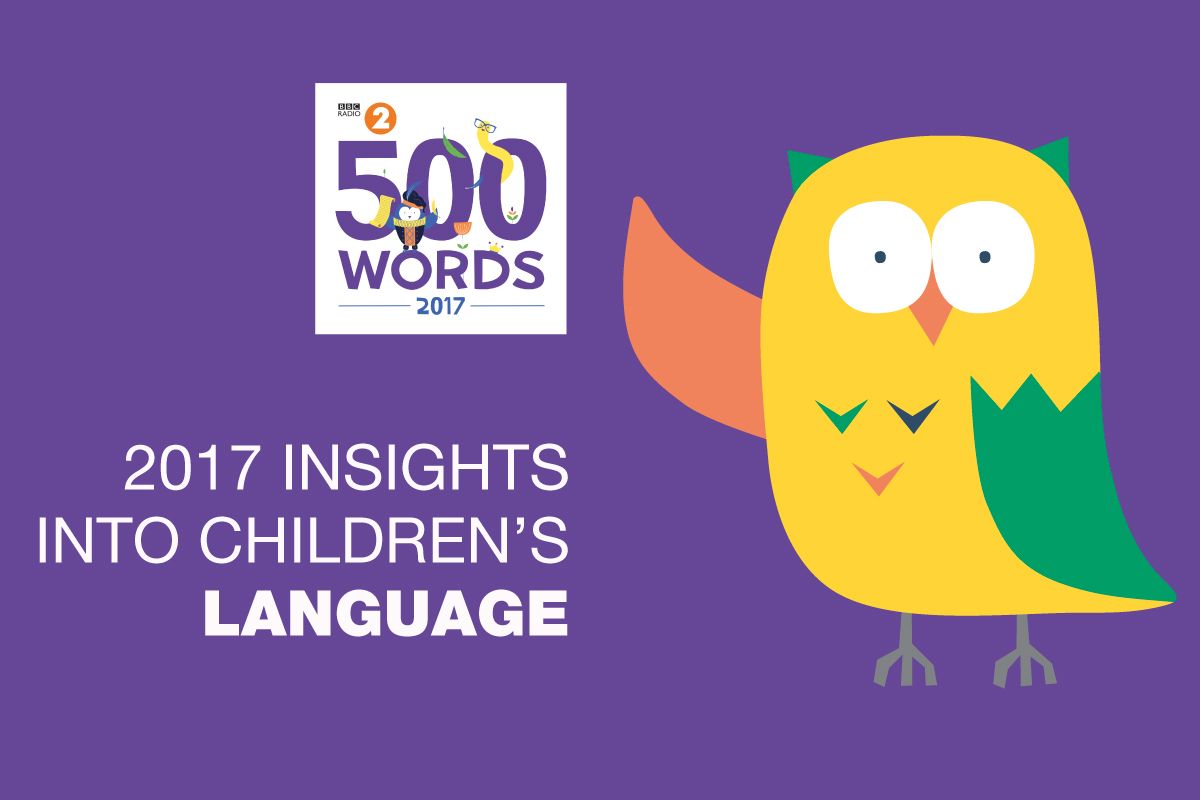Written by lexicographer Roz Combley
There’s nothing like the real thing
I was recently lucky enough to analyse the Oxford Corpus, a 55-million-word collection of children’s writing from the BBC Radio 2’s 500 Words story competition.
Any lexicographer will tell you that once you’ve worked with a corpus—a wonderfully powerful resource of real language evidence—you can never go back. And working with this particular corpus was almost too much fun to be called work at all.
What struck me the most was how confidently children use language and how their language use is full of fun and creativity.
Children are playful, inventive and creative in their writing
Analysing children’s vocabulary, I found that their stories are full of word play including alliteration (“Penny’s sisters … were called Pip, Polly, Peaches and Parsnip”), puns (a teacher named Miss Demeanour scolding a habitually late pupil Justin Time; a medieval knight called Sir Cumphrence), rhyme, and rap.
Children invent new words and even languages. They create portmanteau words (duckodile, happylicious) and compounds (cakepolice, kidarmy, catdragon). Many of these new words show children’s grasp of English morphology (word formation); they use affixes to create new words, for example:
- the suffix -y to form adjectives (“My parents are being so, well, uum parenty”)
- the suffix -us to form scientific names (“a new planet called ‘Crazyus Cheeseballius’”)
- the prefix robo- to make the names of robotic creatures (a Robopresident who rules the Roboverse, robobunnies, “a huge robo-pegacorn”).
When children use metaphor, it’s not surprising that they frequently reach for familiar similes such as “as quick as a flash”, “as still as a statue”, and “as white as a sheet”. This reflects the language they have come across in the stories they have read and heard. But it was fun to spot some more original metaphors along the way:
Poor Gilbert was in shock to find he was as small as a loo roll. (Boy 13)
Fear filled me like a glass of water. (Girl, 11)
KDONK!! The waiter was knocked out like a bird on glass. (Boy 11)
Children are confident language users
I also looked at the way children start their stories. Many, particularly in the younger age group (5-9) use fairytale-style openings such as Once upon a time, but one of the most popular ways to open a story in all age groups is to draw the reader in with “Have you ever…?”:
Have you ever escaped being kidnapped? Well guess what, I have! (Boy, 8)
These story openings show children’s ability to use different narrative techniques. Young writers know how to plunge the reader straight into a mystery:
It was around October 1st when I found them and after 5 days they were all gone. I know why but I shall not tell you who did it. Lets get on with how they disappeared… (Boy, 9)
My eyes shot open, and I breathed in long, raspy breaths. I felt along my forehead, cold but clammy sweat hung onto me like a magnet. I blinked a few times before sitting up to observe the room. (Girl, 13)
When it comes to vocabulary, we often advise children to find alternatives to ‘over-used’ words such as bad and big. But my analysis showed that they often use these words quite appropriately – as part of set phrases and collocations (word combinations) such as “my worst fear” , “big sister” or “the big bad wolf”.
In these very common phrases and word combinations, it would sound artificial to substitute another word. The evidence shows that children understand this, and as confident language users they make the most natural-sounding word choice.
In other contexts, children make efforts to find alternative words. More formal synonyms for big such as large, colossal, and vast are more likely to be used by older children (10-13), but here is a nice example from a younger writer (spelling uncorrected):
Hurricane speed winds darted in and out of the forest, which surrounded the village and up towards the humongous abandoned mansion, which was a terrifying sight. The gargantuan building was rapped up tight in emerald poison ivy, which hadn’t flowered in a millennium. (Boy, 8)
Readers and writers
Children’s writing is naturally influenced by their reading and their exposure to language – at home, in the classroom, and through media.
At the same time, after spending time with these stories, I’m convinced that it’s this exposure that gives children confidence to be playful and humorous, original and creative in their own writing. By reading (and being read to), we become better writers. And I for one can’t wait to read more!

You can find out more about Oxford Dictionaries for Children and BBC Radio 2’s 500 Words competition on our website.
 Roz Combley is a lexicographer. She has written dictionaries and language reference materials for children and adults, learners and native speakers of English, including the Oxford Student’s Dictionary, the Oxford Advanced Learner’s Dictionary, and the Oxford Learner’s Dictionary of Academic English.
Roz Combley is a lexicographer. She has written dictionaries and language reference materials for children and adults, learners and native speakers of English, including the Oxford Student’s Dictionary, the Oxford Advanced Learner’s Dictionary, and the Oxford Learner’s Dictionary of Academic English.
